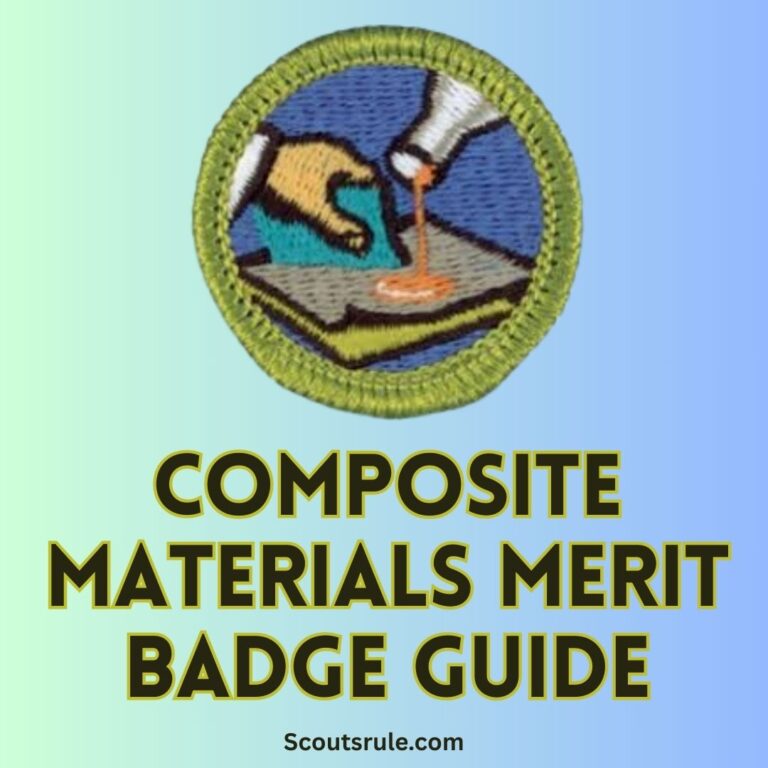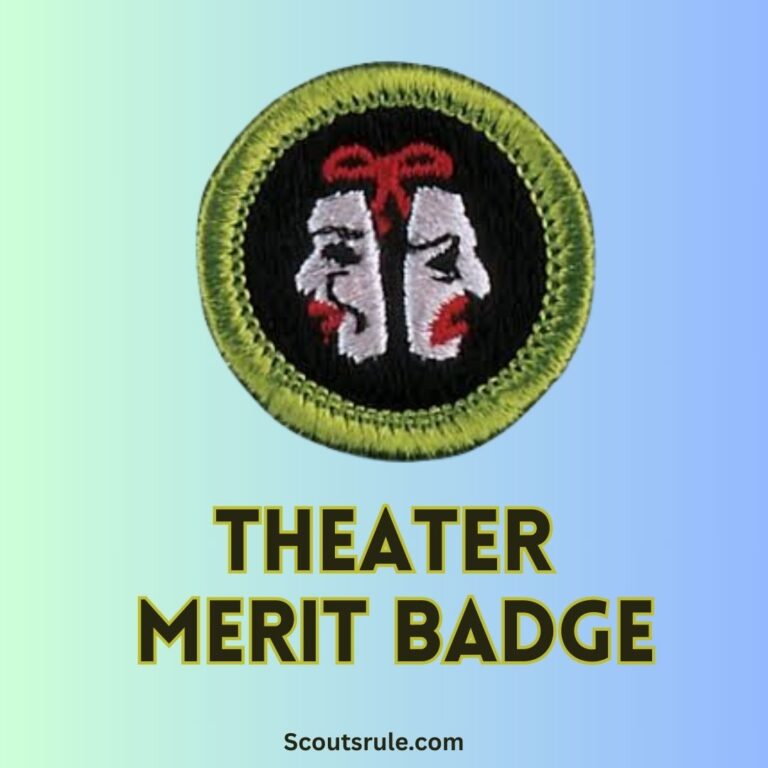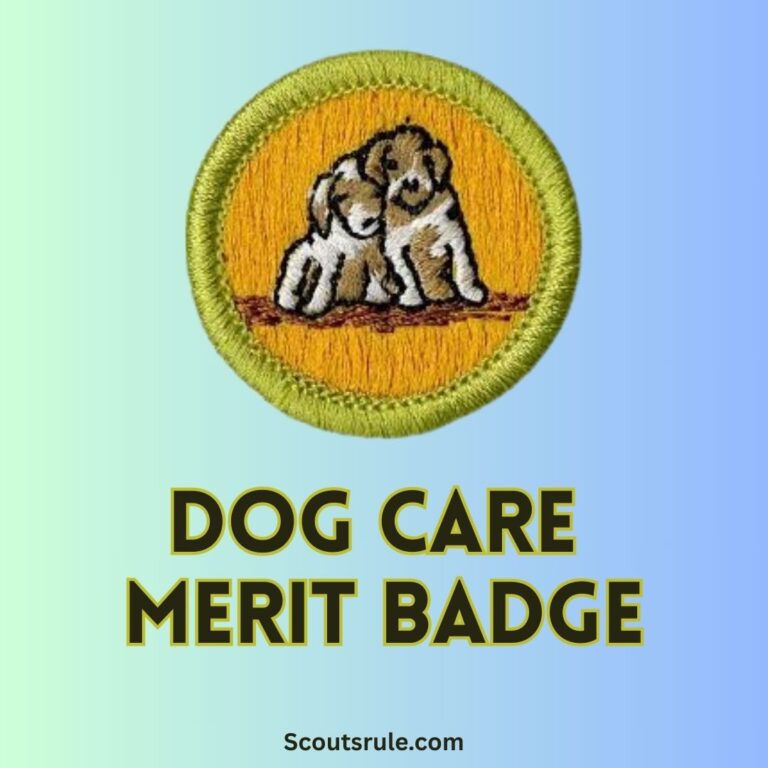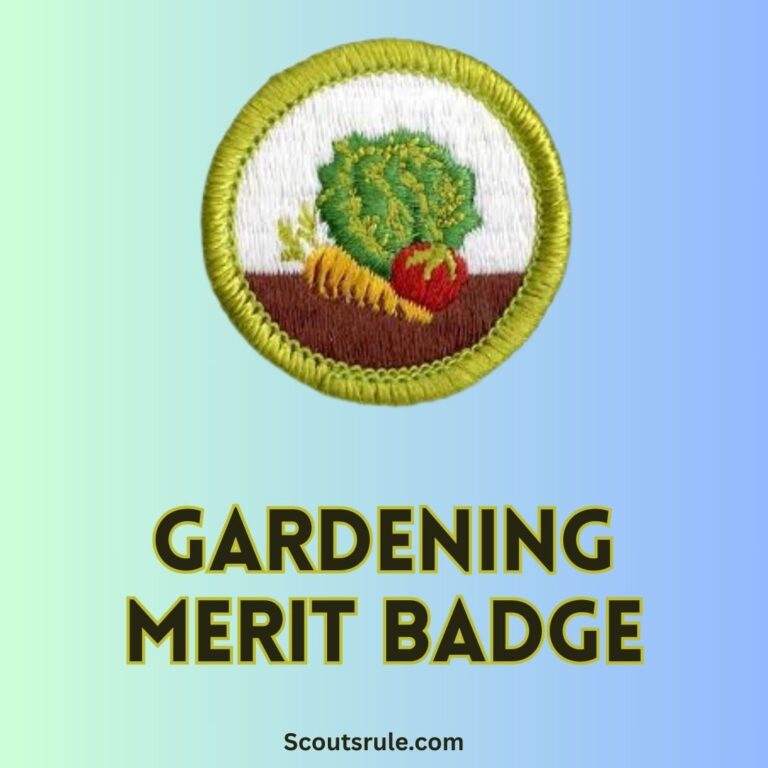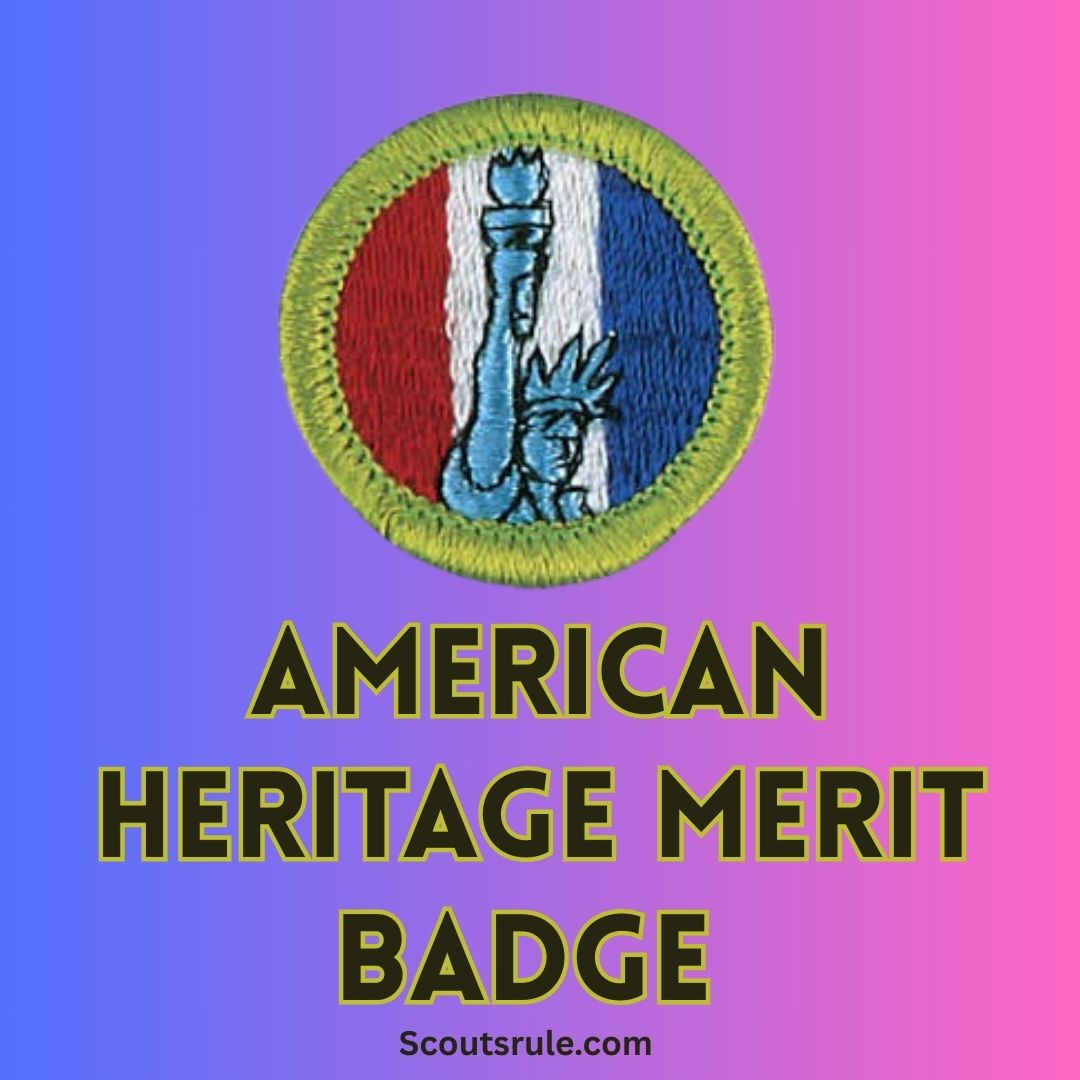
The American Heritage Merit Badge challenges scouts to explore and appreciate the rich and diverse history of the United States. Through research, hands-on activities, and reflection, scouts learn about the people, symbols, and events that have shaped the nation. This badge encourages understanding of how past accomplishments and struggles continue to influence contemporary society, inspiring a deeper connection to American values and heritage.
Post Contents
- 1. Declaration of Independence
- 2. Two Influential Individuals from American History
- 3. The NAACP and Its Role in American Society
- 4. Current Developments in Climate Change Legislation
- 5. The Evolution and Significance of America’s National Symbols
- 6. Researching Your Family’s History
- 7. National Register of Historic Places
- 8. Example Presentation for Part 4(c)
- 9. Learning from a Historical Figure: Rosa Parks
- 10. Exploring Careers in American Heritage
- Conclusion
- American Heritage Merit Badge FAQs
1. Declaration of Independence
The Declaration of Independence is a cornerstone of American history, formally announcing the colonies’ break from British rule in 1776. Its iconic phrases, such as “We hold these truths to be self-evident, that all men are created equal,” emphasize fundamental human rights. Scouts working toward this badge are asked to:
- Read a key excerpt from the Declaration of Independence.
- Rewrite it in their own words to gain a clearer understanding of its significance.
- Discuss its impact on American identity and its timeless message of equality, liberty, and justice.
The Declaration not only established independence but also laid the foundation for the values that continue to define the United States today.
2. Two Influential Individuals from American History
Abraham Lincoln: The Political Leader
Abraham Lincoln, the 16th President of the United States, is celebrated for his steadfast leadership during the Civil War. His most notable achievements include:
- Issuing the Emancipation Proclamation, which declared freedom for enslaved people in Confederate states.
- Preserving the Union during one of the most divisive periods in American history.
- Championing the passage of the 13th Amendment, abolishing slavery in the U.S.
Lincoln’s vision of equality and unity continues to serve as a guiding principle for the nation.
Martin Luther King Jr.: The Private Citizen
Dr. Martin Luther King Jr. was a minister and civil rights leader who advocated for racial equality through nonviolent resistance. His major contributions include:
- Leading the Montgomery Bus Boycott, a landmark protest against racial segregation.
- Delivering the “I Have a Dream” speech, which called for racial harmony and justice.
- Contributing to the passage of the Civil Rights Act of 1964 and the Voting Rights Act of 1965.
His legacy reminds us of the power of peaceful protest to inspire change.
Comparing Contributions
While Lincoln’s leadership shaped national policy during a time of civil war, King’s grassroots activism challenged the status quo and inspired social reform. Both worked to promote equality and freedom, leaving legacies that continue to influence the fight for justice.
Relevance in Contemporary America
The ideals championed by both figures are integral to ongoing efforts to achieve equality and inclusivity in the United States. Their examples encourage modern leaders and citizens to strive for progress.
3. The NAACP and Its Role in American Society
The National Association for the Advancement of Colored People (NAACP) has played a pivotal role in advocating for civil rights since its founding in 1909. Its efforts include:
- Fighting legal battles against racial discrimination, including the landmark Brown v. Board of Education case that ended school segregation.
- Promoting voter rights, equality in education, and fair treatment under the law.
- Supporting individuals and communities affected by systemic discrimination.
The NAACP demonstrates the importance of organized efforts to protect and advance civil rights.
4. Current Developments in Climate Change Legislation
Historical Context
Environmental awareness gained momentum during the mid-20th century, with significant milestones like the creation of the Environmental Protection Agency (EPA) in 1970 and the passage of the Clean Air Act.
Connection Between Past and Present
Modern climate change legislation, such as the Inflation Reduction Act of 2022, focuses on reducing greenhouse gas emissions, promoting clean energy, and addressing the challenges of global warming. These initiatives build on the foundation of earlier environmental policies, reflecting a growing understanding of the need for sustainability.
5. The Evolution and Significance of America’s National Symbols
1. The Flag of the United States
The U.S. flag, with its 50 stars and 13 stripes, symbolizes unity and freedom. Its design has evolved to represent new states while honoring the original colonies.
2. The Pledge of Allegiance
First written in 1892, the Pledge reflects loyalty to the nation and its democratic values.
3. The Great Seal of the United States
Featuring a bald eagle holding an olive branch and arrows, the seal represents peace and readiness to defend the nation’s ideals.
4. The National Motto
“In God We Trust,” adopted in 1956, embodies the nation’s belief in perseverance and unity.
5. The National Anthem
“The Star-Spangled Banner,” inspired by the defense of Fort McHenry during the War of 1812, celebrates resilience and patriotism.
Each of these symbols connects citizens to America’s history and values, fostering a sense of pride and unity.
6. Researching Your Family’s History
Exploring personal family history helps scouts connect with their roots and understand how their ancestors contributed to the fabric of American society. Suggested steps include:
- Interviewing family members to gather stories and traditions.
- Examining family artifacts, such as letters, photographs, and heirlooms.
- Creating a family tree to visualize connections across generations.
This activity allows scouts to reflect on how their individual heritage intersects with broader historical narratives.
7. National Register of Historic Places
1. How Does a Property Become Eligible for Listing?
A property must possess historical, cultural, or architectural significance and retain its integrity.
2. The Nomination Process
The process involves documenting the property’s history, submitting it to state and federal review boards, and receiving approval for inclusion in the National Register.
3. Creating a Map of Local Historical Points
Scouts can identify and map significant historic sites in their community, showcasing how local history contributes to the nation’s heritage.
4. National Register Properties in Your Area
Visiting listed properties provides insight into the preservation efforts that maintain connections to the past.
8. Example Presentation for Part 4(c)
1. How It All Began
Describe your community’s founding, including notable events and figures.
2. The People Who Shaped Our Town
Highlight local leaders and their contributions to the community.
3. How the Town Has Changed Over the Past 50 Years
Discuss economic, demographic, and cultural transformations.
4. Why Did These Changes Happen?
Analyze factors like industrialization, migration, or policy changes.
5. Why This Matters
Explain how understanding local history fosters a sense of belonging and pride.
6. Visual Highlights
Enhance the presentation with photos, maps, and artifacts.
9. Learning from a Historical Figure: Rosa Parks
Who Was Rosa Parks?
Rosa Parks was a civil rights activist whose refusal to give up her bus seat in 1955 sparked the Montgomery Bus Boycott.
Her Contribution to America’s Heritage
Her courage challenged segregation laws and inspired nationwide movements for equality.
What I Admire About Rosa Parks
Her resilience and commitment to justice serve as an example of the power of individual action.
What I’ve Learned
Her story reinforces the importance of standing up for one’s beliefs and advocating for change.
10. Exploring Careers in American Heritage
Scouts can explore roles that preserve and celebrate the nation’s history:
- Historian: Researching and interpreting past events.
- Museum Curator: Managing and showcasing historical artifacts.
- Archaeologist: Excavating and analyzing cultural remains.
- Historic Preservationist: Protecting landmarks and structures.
- Park Ranger: Educating visitors about historical sites.
Conclusion
The American Heritage Merit Badge inspires scouts to dive deeply into history, reflect on the nation’s values, and engage in preserving its legacy. Through this badge, scouts gain a profound appreciation for the individuals, events, and symbols that define the United States, fostering pride and a sense of responsibility for their heritage. Ready to explore America’s story? Begin your journey today! 🇺🇸✨
American Heritage Merit Badge FAQs
1. Who can earn the American Heritage Merit Badge?
Any registered Scout in the Boy Scouts of America who completes the required activities and demonstrates an understanding of American history and heritage can earn the American Heritage Merit Badge.
2. What topics does this merit badge cover?
Scouts will explore American history, government, important historical figures, national heritage, and how events in the past have shaped the country.
3. Do I need prior knowledge of American history to earn this badge?
No prior knowledge is required. This badge is designed to teach Scouts about the nation’s heritage, key historical events, and their significance.
4. What are the key skills I will learn?
Scouts will develop research skills, learn how to analyze historical events, study U.S. symbols and traditions, and gain an appreciation for their role in preserving American heritage.
5. How long does it take to complete the American Heritage Merit Badge?
The time required varies depending on how quickly a Scout completes the research and activities. Some may finish in a few weeks, while others may take longer.
6. Is there a service project requirement?
Yes. Scouts must participate in a service project that helps preserve American heritage, such as working at a historic site, participating in a flag ceremony, or helping maintain a local landmark.
7. Do I need to visit a historic site or museum?
Yes. Scouts must visit a historic site, museum, or monument to learn about American history firsthand and report on their experience.
8. What kind of research will I need to do?
Scouts will research important historical documents, key figures in American history, and events that shaped the country. They may also need to write reports or give presentations.
9. Can I work on this badge with a group?
Yes! While each Scout must complete the requirements individually, working in a group can make learning about history more interactive and enjoyable.
10. What historical documents will I study?
Scouts will examine documents such as the Declaration of Independence, U.S. Constitution, Bill of Rights, and other significant texts in American history.
11. What is the purpose of studying American heritage symbols?
Understanding national symbols, such as the flag, the Great Seal, and the National Anthem, helps Scouts appreciate their significance and meaning in American culture.
12. Will I need to interview someone for this badge?
Yes. Scouts may need to interview a person knowledgeable about American heritage, such as a historian, veteran, or government official.
13. How do I document my progress for this merit badge?
Scouts should keep a record of their research, site visits, service projects, and any presentations or reports they complete.
14. Where can I find a merit badge counselor for American Heritage?
Check with your Scoutmaster, troop leaders, or local BSA council to find a registered merit badge counselor who specializes in American history and heritage.
15. What happens after I complete all the requirements?
Once all requirements are met, your merit badge counselor will review your work, sign off on your progress, and you can submit your completed Blue Card to your Scoutmaster for final approval and recognition.

Hi, Robin here, A former lead Scout and here I share my inspiring stories about USA Scouts, leadership, adventure, how to guides and more.

